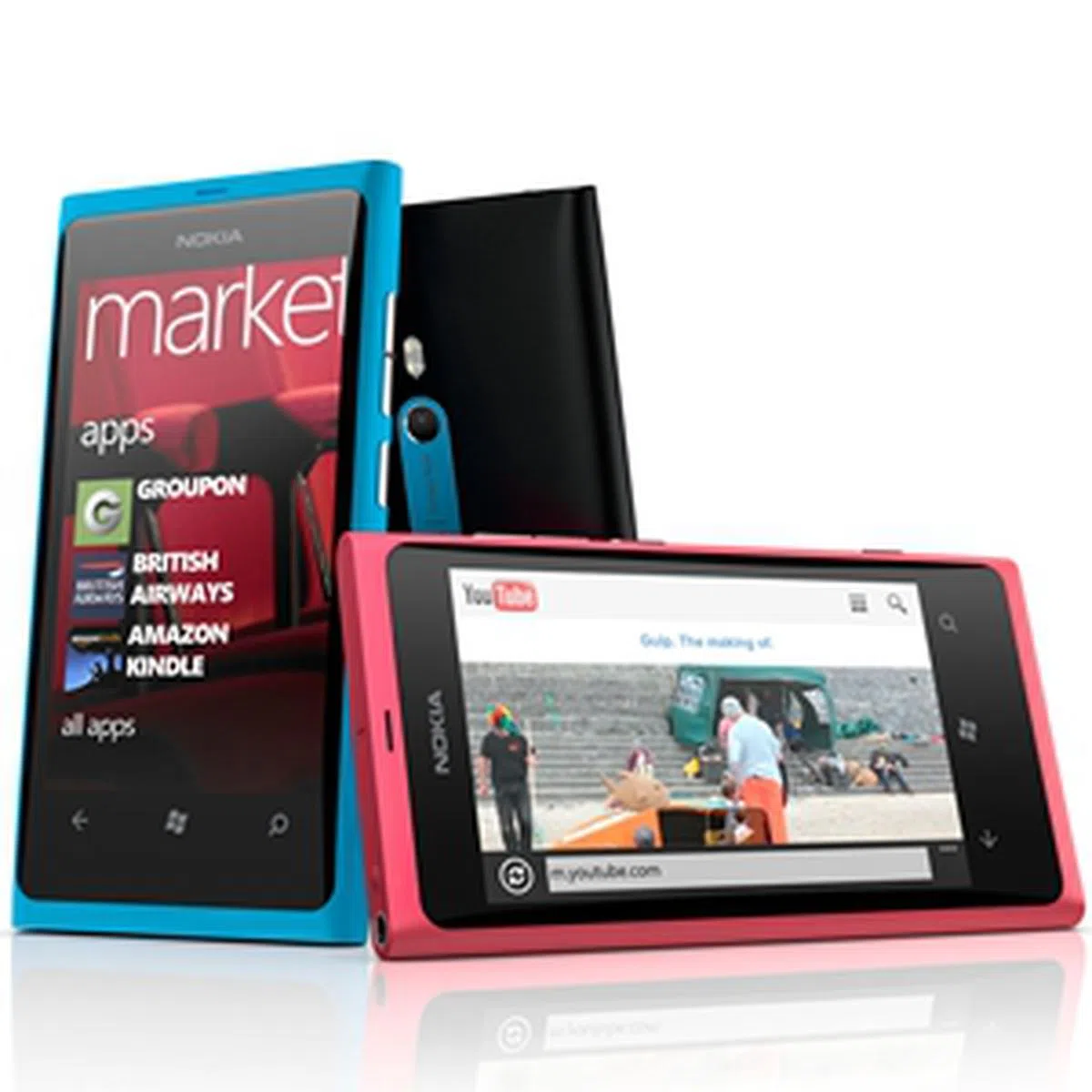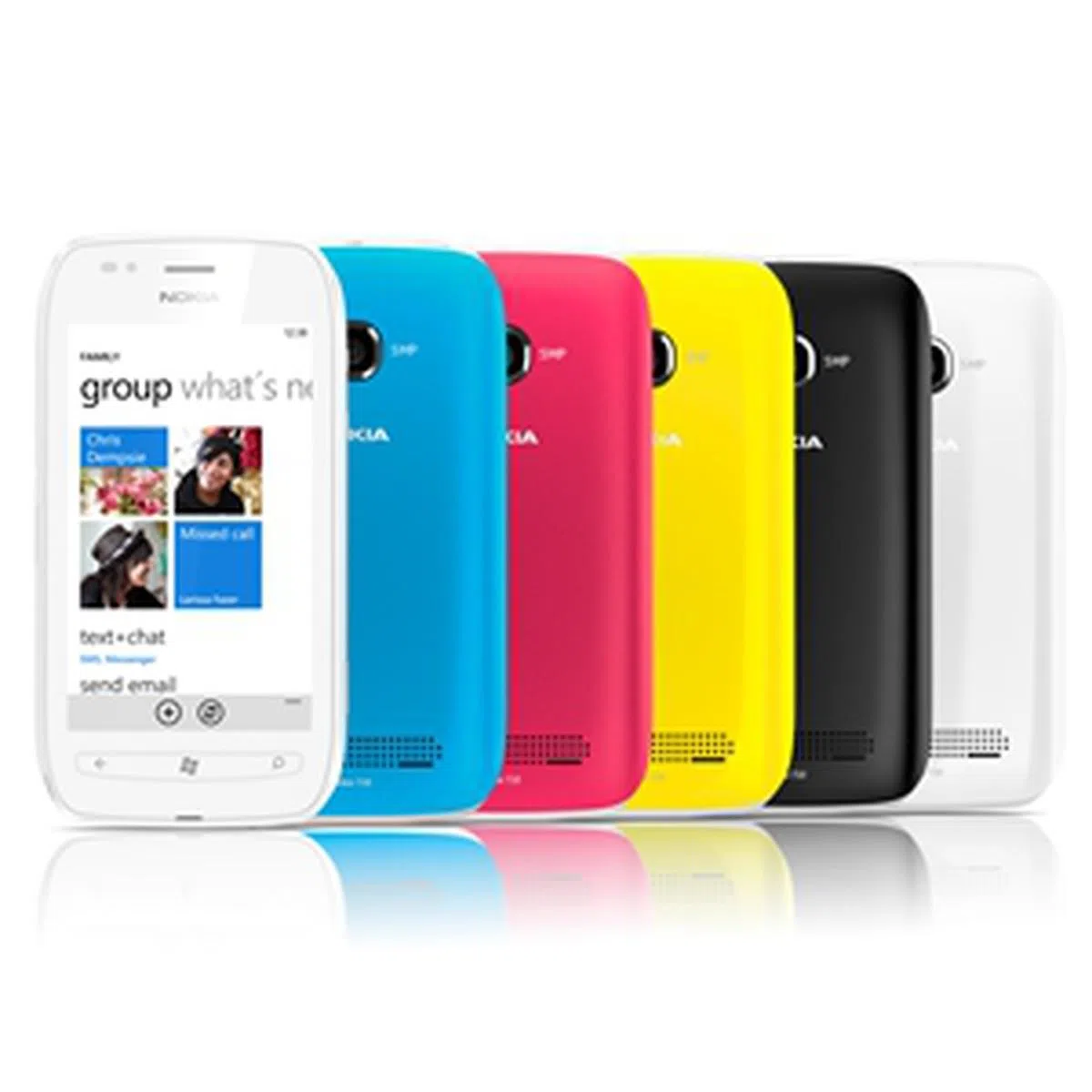Nokia Lumia - Ushering in the New Age of Nokia WP7.5 Mango Devices
Nokia invited us for a quick hands-on session with two of its latest Windows Phone 7.5-powered phones, the Lumia 800 and 710. Here's our quick take on both phones and what they have to offer.
Welcoming the Lumia Smartphones
The partnership between Nokia and Microsoft to manufacture Windows Phone 7 devices is no open secret; after their joint announcement in February this year and the signing of a definitive agreement later in April, tech pundits and consumers alike have been anxiously waiting for the Big One's re-entry into a market saturated with Android smartphones and iOS users. Following up in August, Nokia made an announcement on same day of Microsoft's Windows Phone 7.5 Mango update, mentioning that their first WP7 phone will come with the update (as a quick side mention, interested readers might want to follow up on a writer's experience on switching from iOS to WP7). Finally, the Lumia smartphones made their first official appearance at the (which our HWZ Malaysia team covered), fitting nicely into the timeline for their official availability in Q4 as mentioned earlier by Nokia CEO Stephen Elop.
Flaunting a refreshed and very much improved Windows Phone 7.5 update (check out our top five Mango features here) alongside competent Nokia hardware, will the Lumia lineup be a big threat to current top smartphone manufacturer, Samsung, and its contemporaries? While we might not be able to comment on that just yet, here's a quick look at the not-quite-final Nokia Lumia 800 and 710 sets.

Side by side: the Lumia 800 (left) and 710 (right)
Nokia Lumia 800 - The Definitive Premium Nokia WP7.5 Experience
Off the bat, the Nokia 800 is a headturner, featuring a slim metallic unibody chassis alongside a 3.7-inch AMOLED ClearBlack curved display; a lot of thought has obviously been put into its design (as it was with the N9). Its rather 'diminished' 1.4GHz single-core processor and 512MB RAM might faze potential buyers - especially since their Android counterparts have focused on churning out one dual-core phone after another this year - but our first-hand experience with the phone is largely a positive one. Hardware specs isn't everything, so there's not much of a point in judging phones purely by hardware specs like it's often done on desktop systems.
 | Key highlights of the Nokia Lumia 800
|

The Lumia 800 looks almost identical to its Meego-powered sibling, the N9, with a few minute changes, i.e., the Lumia 800 comes with a smaller 3.7-inch screen as compared to the N9's 3.9-inch screen. Otherwise, the Lumia 800 feels premium to the touch, featuring an elegant unibody chassis with minimal controls. Our short hands-on experience was smooth-sailing, speedy and positive (the AMOLED display is pretty stunning). The set comes in Magenta, Cyan and Black.

The Lumia 800 relies on three touch controls (back, home, search), something that is characteristic of Windows Phone 7 devices.

The Lumia 800, like the N9, comes equipped with a 8-megapixel camera that comes with auto-focus capabilities, LED flash and Carl Zeiss lens.

From left to right: Camera Shutter, Power and Volume controls. These buttons are accessible and easy to press.

Like the N9, the Lumia 800 comes with a micro SIM (yes, you read it right) card holder. Along with a microUSB port, these two elements are well-tucked under a hinged cover and spring holder that are located on the top of the phone.
Nokia Lumia 710 - An Affordable Nokia WP7.5 Option
Compared to the Lumia 800, the Nokia Lumia 710 comes across as less elegant, more fun and slightly kitschy. The last two observations stem from the fact that it comes with a largely plastic contoured body and the option to interchange its back cover (sold separately; but no price information yet). Like the 800, the 710 comes equipped with a 1.4GHz processor and 512MB of RAM. What's different is that the Lumia 710 features a less impressive, less saturated TFT touchscreen, a smaller storage space of 8GB and a 5-megapixel camera with a standard lens (not Carl Zeiss). The Nokia 710 is well-differentiated by these factors and is clearly catered for a crowd looking for an affordable Nokia Windows Phone 7.5 option (hence, the much lower price tag). Hardware aside, both phones are powered by the same Mango OS alongside nifty Nokia software additions.
 | Key highlights of the Nokia Lumia 710
|

Its contoured corners makes the Lumia 710 easy to grip.

As mentioned, the smartphone can be accessorized with a variety of colored back covers ranging from black, white, cyan, fuchsia and yellow. These covers are either matte or yellow, depending on the color. Thankfully, they are easy to remove.

The 710 comes with physical controls that are lined on a single strip of button.

5-megapixel, anyone?

The phone's ports and power button are lined neatly on the top.

Yes, that's right - the Lumia 710 requires a micro SIM card.
Exclusive Nokia Apps
With Microsoft's tight guidelines and strict policies in place, most vendors have chosen to position their phones through exclusive apps by tapping onto their existing resources. Likewise, Nokia has packaged its Lumia phones with exclusive apps, namely: Nokia Drive, Nokia Music, Nokia Maps, App Highlights and Contacts Transfer. This strategy isn't unique to Nokia though; Samsung, LG and HTC all have had their own specific app stores and apps.

Expect both phones to come with exclusive apps like Nokia Drive, Nokia Music, Nokia Maps, App Highlights and Contacts Transfer. The local Nokia representative mentioned that only Maps and Music will be available for download via the Windows Phone Marketplace.

Nokia Drive is a free turn by turn notification app with more than 95 countries maps to download and choose from.

Nokia Music acts as a music player as well as a virtual store where you can purchase and sample music tracks.

A snapshot of the Nokia Maps app (requires working data connection).

Not sure of what other apps to install on your device? You can refer to the App Highlights app for quick suggestions.

The Contact Transfers function allows for a fuss-free, one-off transfer of all your contacts via Bluetooth. The Nokia representative have tested it successfully on six Bluetooth-compliant devices so far (including the iPhone 4); trying it with our own phone (HTC Desire) yielded positive results as well... at least in terms of detecting our contacts. We'll let you know more when we get our hands on the final sets. Stay tuned!
Our articles may contain affiliate links. If you buy through these links, we may earn a small commission.